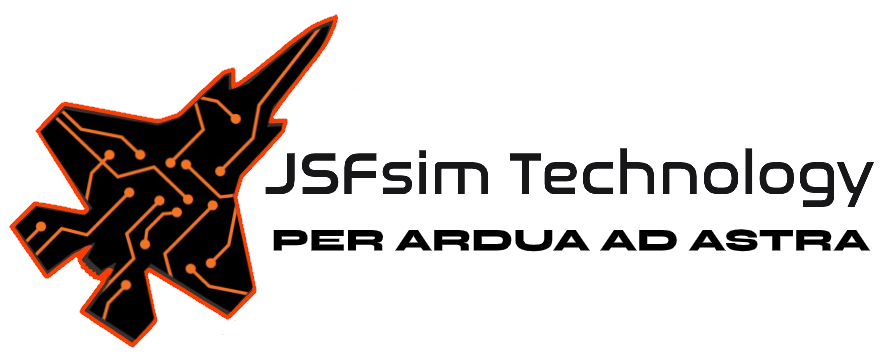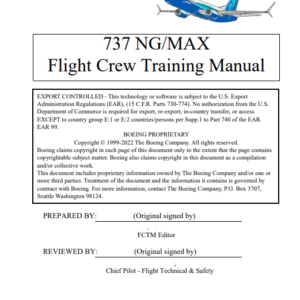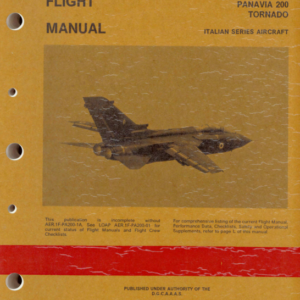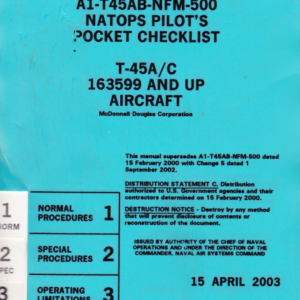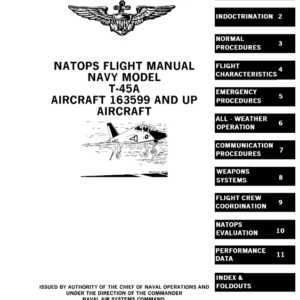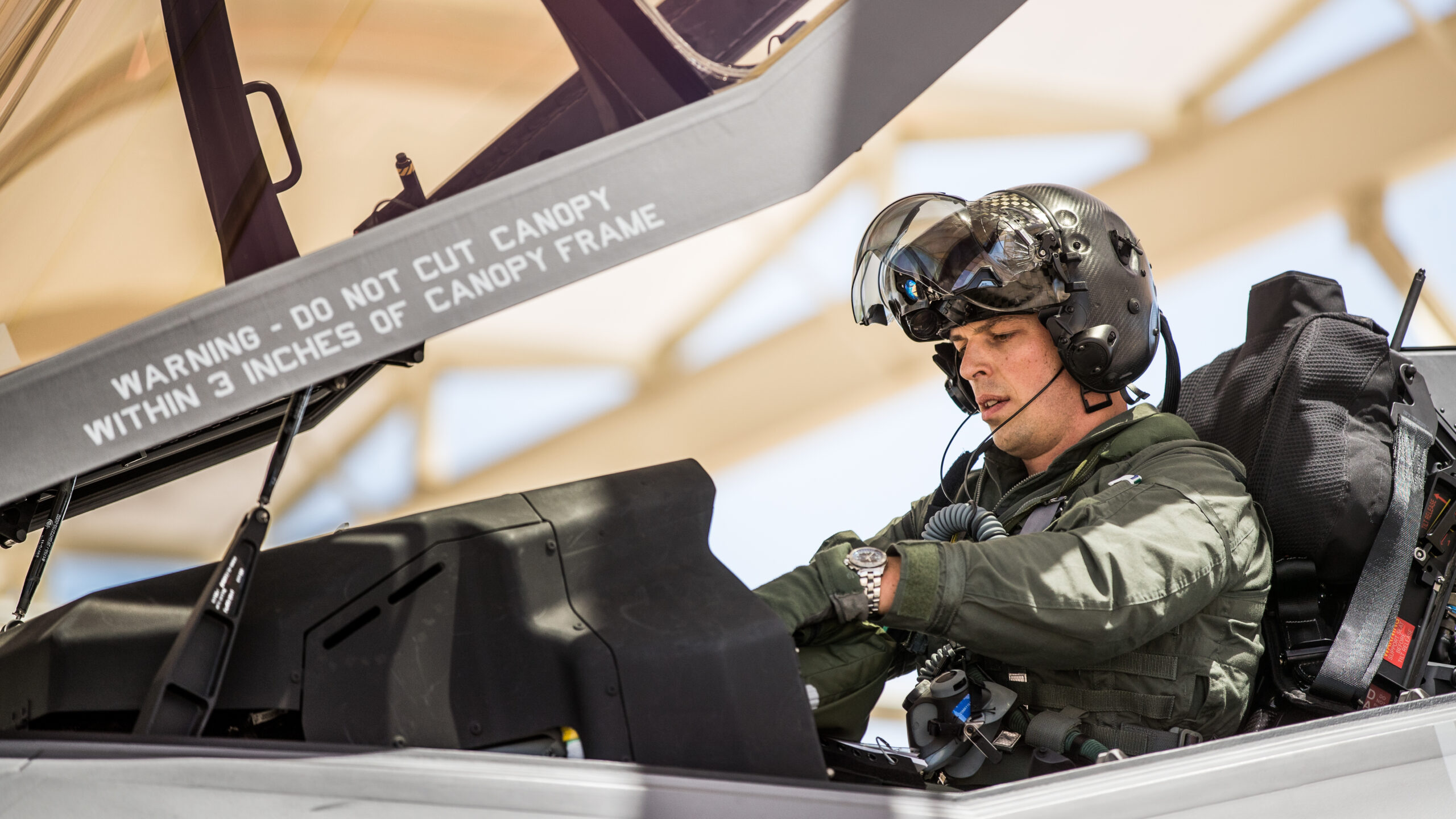

A1C TAYLOR SOLBERG/DVIDS
- High flight costs make realistic simulator training for the F-35 a must-have.
- The new Distributed Mission Training system will allow F-35 pilots worldwide to fly simulated missions together.
- The training environment will likely spur spread new tactics and ideas far and wide.
![]()
F-35 pilots around the world will someday be able to team up with one another in virtual missions, using a system of networked simulators. The technology, known as Distributed Mission Training, will allow pilots in Utah to fly alongside pilots in Europe in a virtual world, conducting virtual missions.
According to Defense News, Nellis Air Force Base in Nevada will be the first to roll out the technology. Distributed Mission Training (DMT) is being developed by Lockheed Martin to link simulators worldwide in something that sounds like a video game—but will be used by real-life pilots to train for real-life missions.
Training such as DMT is important for the F-35 program because the aircraft is so expensive to fly. The F-35 costs approximately $44,000 an hour to fly, twice as much as older planes. This makes simulator training a must, and it needs to be hyper-realistic in order to be useful.
F-35 simulators already allow up to four pilots at a facility to fly together in simulated combat. DMT will allow those facilities to link to one another, allowing four pilots at one base to enter simulations pilots from other bases. Eventually the system could be expanded to include other U.S. Air Force aircraft, including the F-22 Raptor, F-16 Fighting Falcon, and E-3 Sentry airborne early warning and control aircraft.
This will promote more realistic training: F-35s will rarely fight solo, typically cooperating with other types of friendly aircraft to accomplish a mission.
Nellis Air Force Base will receive DMT in early 2020, and the technology will eventually be rolled out to other bases worldwide. One catch: all three services (U.S. Air Force, U.S. Navy, U.S. Marine Corps) fly three different versions of the F-35, but pilots from different services will be unable to fly against one another. Each service runs their simulators on a different network.
Source: Defense News.

